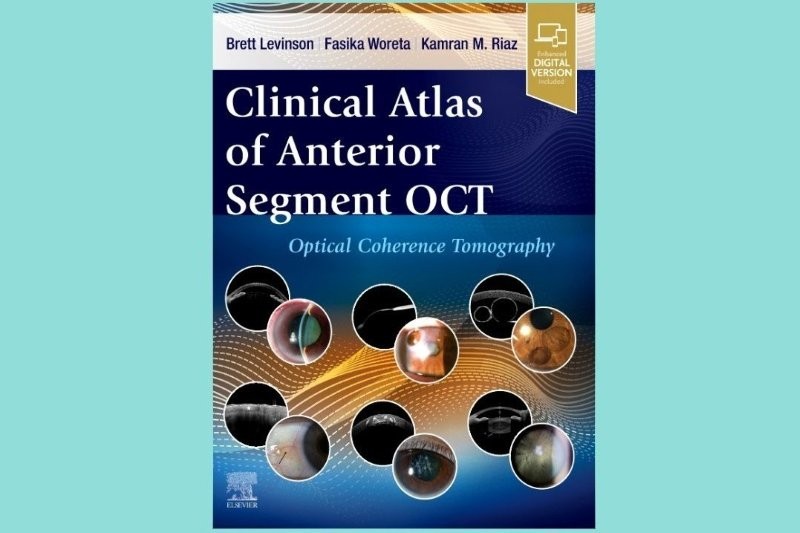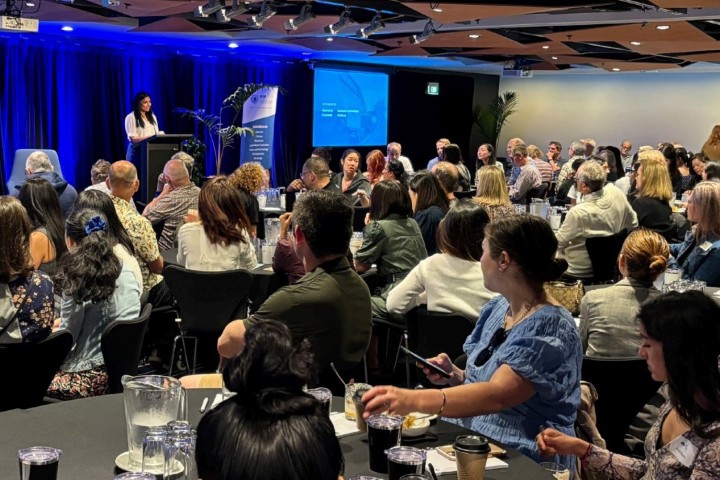Piggyback lenses
Everyone loves a happy patient. The most rewarding part of cataract surgery is frequently the day 1 post-op check when the patient is enjoying their new vision for the first time. People who had significant refractive errors are now very close to plano and the world is generally a brighter place.
With our modern lens formulae, refractive surprises are much less common than they used to be. I recall a well-known UK consultant many years ago talking about giving expert testimony on complaints. He said that if the refractive outcome was 4 dioptres or more off target he considered that the surgeon had a case to answer. In 2020, errors of that magnitude are hard to imagine, but even now we occasionally have a result that isn’t exactly what the patient had wanted.
Another problem is that people don’t always know what they want. Most former myopes love the fact that they can see the wider world without corrective lenses, but sometimes we’ll have a patient who says they miss their myopia. They might spend hours reading or working on their computer and want to be spectacle-free for those tasks. A recent patient told me she used to be able to apply her make-up without magnification. I did mention that she was previously unable to see in the distance without her glasses, but she was unimpressed. The choice of intraocular lens (IOL) is always discussed with the patient prior to surgery but the implications don’t always sink in.
And then there’s monovision. My rule is never to target a significant difference between the two eyes unless the person has previously tried it with contact lenses. People who accept and enjoy monovision will usually respond in a similar manner post-operatively, but that isn’t always the case. I have had patients who previously enjoyed monovision with their contact lenses but are less accepting of it with IOLs. What then to do?
We can explant one or both lenses but that is seldom ideal. Removing a lens from within the capsular bag is tricky, particularly if it has been in situ for a while. We usually wait about a month to determine the effective lens position and more accurately measure the post-operative refraction, and in that time the capsular bag contracts. Potential complications of IOL removal include capsular rupture, corneal endothelial damage and zonular dialysis. The risk of complications increases if a posterior capsulotomy has previously been done.
Laser enhancement is an option for people who have a suitable cornea and residual refractive error. But sometimes it is the patient who has previously undergone laser correction who gets the refractive surprise, although this is less common with modern lens formulae.
The supplementary IOL option
Another option is implantation of a piggyback lens. These lenses are placed in the ciliary sulcus on top of the primary IOL. The original piggyback lenses were placed in the capsular bag with the primary lens but complications such as interlenticular opacification and central flattening of the primary IOL made this untenable. Implantation in the ciliary sulcus is straightforward and is within the skillset of every cataract surgeon. The posterior surface of the lens is concave in order to prevent contact with the primary lens, and the procedure is reversible, unlike laser correction, but it is nevertheless an intraocular procedure with the attendant implications.
As with all modern IOLs, piggyback lenses are foldable and therefore go through a small incision. They come in both spherical and toric forms. Multifocal piggyback lenses are also available for presbyopia correction, but I have no personal experience with these. Refractive outcome is generally very good as implantation of a piggyback lens is fine tuning the original surgery, not starting from scratch. Most studies show high degrees of accuracy.
Good candidates for piggyback lenses have a stable IOL and capsular bag. There should be no pseudoexfoliation or pigment dispersion and the corneal endothelium should be healthy.
Rotational instability has been reported for toric lenses as the IOL is not sequestered within the capsular bag, but stability is generally very good. Removal of viscoelastic behind the iris prior to final alignment of the lens may lessen the likelihood of post-operative rotation. Piggyback lenses have also been used to reduce negative dysphotopsia with some success.
It is unlikely that any surgeon will use many of these lenses. Piggyback lenses are used to fine tune results or correct errors of judgement. They’re an easy lens to use, deliver predictable results and are an option to consider for that occasional patient who expected a different result.


Dr Brian Kent-Smith is a consultant ophthalmologist at Eye Specialists in Northland and the former chair of the Royal Australian and NZ College of Ophthalmologists New Zealand Branch.


























